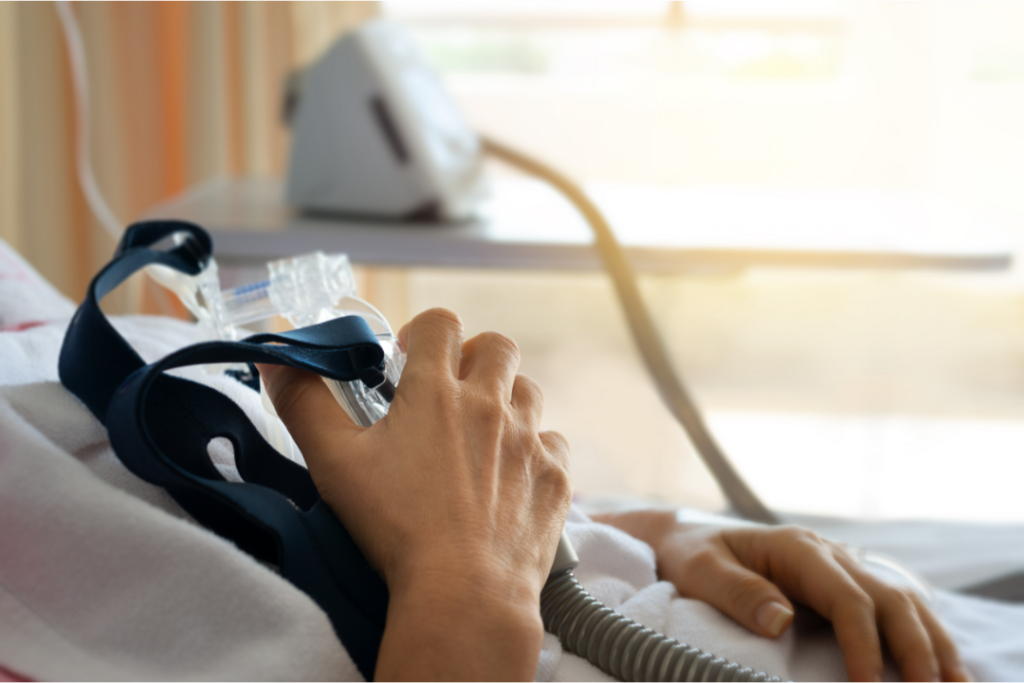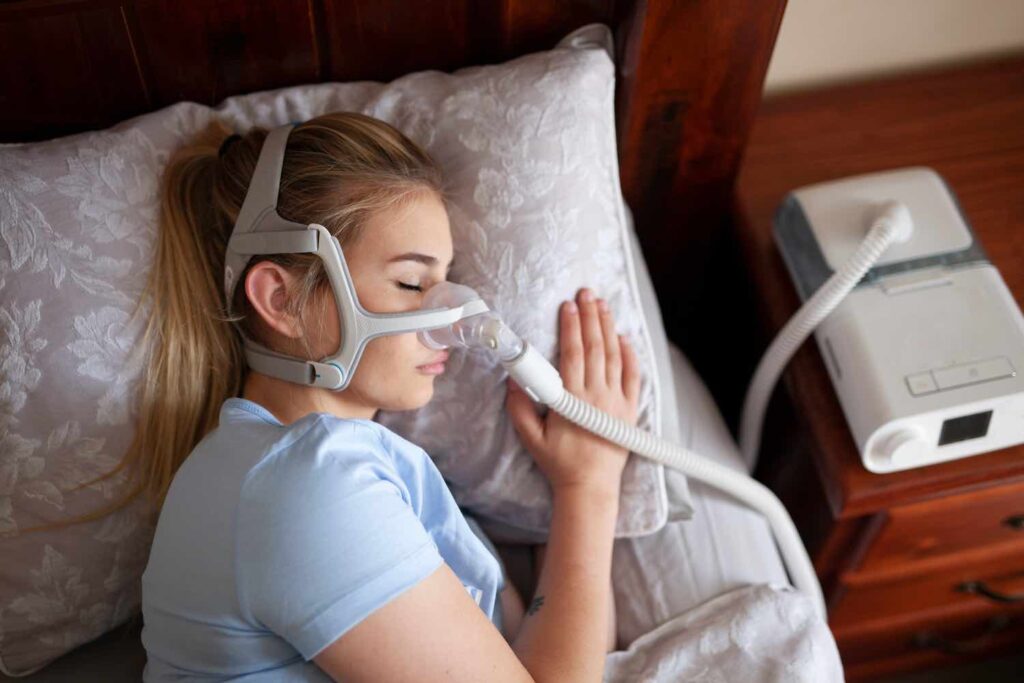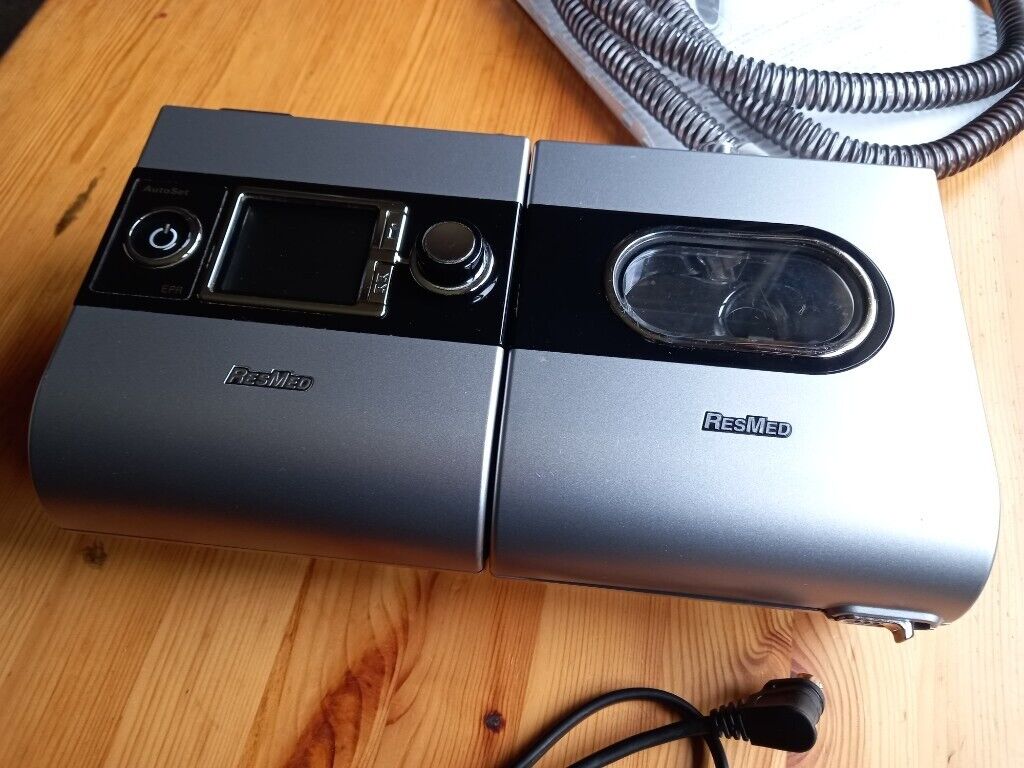The Side Effects of CPAP Masks and the Solutions
Introducing these CPAP masks has helped and solved people's sleeping problems. Many people find it so hard to sleep and keep having issues with their body functions. A face CPAP mask is a device or sleeping aid that covers the nose to give continuous air. Unfortunately, these also affect the constancy of the airway, which has a negative effect.

Sleep apnea can be cured and regulated by sleep therapy. This therapy helps in correcting sleeplessness and allows patients to breathe comfortably. In addition, using face masks, nasal pillow masks, sleep apnea masks even wearing glasses has corrected some patients' obstructive sleep apnea.
The mouth breather, who can only breathe while the mouth is open during their sleeping period, can wear any new mask. Meanwhile, the following article discusses what causes obstructive sleep apnea and why you must use the CAPA masks Australia to sleep.
But this article focuses on the side effect of using CPAP masks and the possible solutions to tackle the impact. There is no age barrier to CPAP therapy as long as you desire good sleep. Every mask works effectively, but your therapist determines the best CPAP mask that will work well with you without any air leakage.
The Side Effects of CPAP Masks and their Solution.
Dryness
When your mouth is wide open when you sleep, the experience will be dry. This effect is so familiar to people with CPAP machines, and Some that are mouth breathers will always have this experience. This dryness happens because the salivary gland will quickly dry up with the volume of air that comes in through the CPAP mask machine.

Solution
Most of the time, the air that escapes from the nasal or pillow mask causes dryness. The chin strap and nasal pillow mask will completely cover the nose and leave no chance of any air leakages. Similarly, it may require the patient to change the kind of CPAP mask he is using. Because all types of CPAP masks work differently, you can switch to the perfect one suitable for you when you discover a fault in what you are using.
Visiting a sleeping therapist is also essential because the sleeping specialist will perform a test and know the right face mask suitable for you. Another way to solve the problem is using a full face machine, which will help you not to breathe with your mouth.
Aerophagia
Also, this disorder brings discomfort to the body and is too much air intake too much air. This aerophagia always comes with bloating, belching, and skin irritation. This side effect is common the CPAP users. Air penetration into the gastrointestinal tract and the stomach will cause this side effect.

Solution
First and foremost, you must consult your doctor to check the CPAP masks he recommended because the air coming from the face of CPAP masks might be too low or too high. Meanwhile, another solution to this side effect is to use a CPAP mask suitable for your condition. Sometimes people prefer to use what seems beautiful rather than what is needed for their sleeping condition. Whatever the state is, use the appropriate CPAP mask or the suitable mask.
Skin irritation
Some components that CPAP masks are made from may cause skin irritation. In addition, silicone might be offensive to the body as time passes. Meanwhile, the entire face suffers wrath the most because of the continuous attachment of the full-face masks to the face.
Solution
Regular cleaning of the face can stop skin irritation. Therefore, before the CPAP mask is fixed to the face, the face must be thoroughly cleaned, and the CPAP machine must be cleansed. This function may guarantee your safety from any skin irritation.
Claustrophobia
Many people with sleep apnea have this phobia due to the conditions they from full face masks, nasal masks, headgear, and nasal pillow masks. When the CPAP user is new to using a CPAP mask machine, w To feel claustrophobic is real.
Solution
The best way to overcome claustrophobia is the daily use of CPAP machines, especially during the day. Most times when you watch tv, at least you can be wearing the CPAP mask recommended for you. By the time you go to bed, you are already used to it. It takes time and consistency to get used to the CPAP mask machine. However, the fear goes away when you get used to the device.
Sinus infection

It is also possible for the CPAP mask user to contract the infection through the nasal mask. In addition, when patients breathe regularly on the CPAP mask, bacteria and viruses may gather on the mask.
Also, dust and mold can enter the hose and mask, while the lungs and throat can also pass bacteria to the mask, and if the mask is not adequately maintained can later give an infection to the patient. Finally, the mask must have a comfortable fit and seal to the face. People using the CPAP mask may generate upper respiratory and sinus infections if the face masks, glasses, and other sleeping devices are not well kept.
Solution
The only way to avoid all these infections and the related diseases that can become the side effect of the CPAP mask is always to clean your devices regularly. Indeed, there will surely be a drop of germs and allergens after your night with face masks. But, again, you consult your CPAP therapist or sleep therapist to know the cleaning guides.
Nasal congestion
A few things are responsible for this nasal congestion. Some are sinus infection, cold, climate change, and low humidity. In addition, the forced air pressure from the hose may eventually give someone a running nose. The sleep specialist will tell you that there will be a continuous flow of air from the nasal mask while asleep. Meanwhile, nasal pillows will also be helpful in this regard.
Solution
The surest solution to this nasal congestion is to consult your CPAP therapist to recommend some supplements to relieve the pain. Also, using a full face mask can reduce congestion, especially when breathing through your nose. This solution will serve as a good seal.
Conclusion
CPAP masks and other CPAP mask categories have helped many people suffering from sleep apnea. However, despite the benefits of the mask types, under no condition should we overlook the side effect because it has the potency to reduce the effectiveness of the treatment. This article has provided the side effects and the solution to the impact. Patients can now enjoy their sleep while the CPAP mask is fixated on them.













